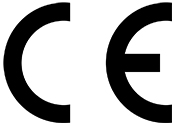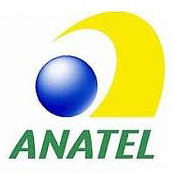Manufacturers Federal Communication Commission Declaration of Conformity Statement

|
Access Point Models |
Certification Number |
|---|---|
|
C9136I-B |
LDKMU6CR2417 LDKVEHVR2777 |
Manufacturer:
Cisco Systems, Inc.170 West Tasman DriveSan Jose, CA 95134-1706USA
This device complies with Part 15 rules. Operation is subject to the following two conditions:
-
This device may not cause harmful interference
-
This device must accept any interference received, including interference that may cause undesired operation.
This equipment has been tested and found to comply with the limits of a Class B digital device, pursuant to Part 15 of the FCC Rules. These limits are designed to provide reasonable protection against harmful interference when the equipment is operated in a residential environment. This equipment generates, uses, and radiates radio frequency energy, and if not installed and used in accordance with the instructions, may cause harmful interference. However, there is no guarantee that interference will not occur. If this equipment does cause interference to radio or television reception, which can be determined by turning the equipment off and on, the user is encouraged to correct the interference by one of the following measures:
-
Reorient or relocate the receiving antenna
-
Increase separation between the equipment and receiver
-
Connect the equipment to an outlet on a circuit different from which the receiver is connected
-
Consult the dealer or an experienced radio/TV technician
 Caution |
Any changes or modifications not expressly approved by the party responsible for compliance could void the user's authority to operate this equipment.This device complies with Part 15 of the FCC Rules. Operation is subject to the following two conditions: (1) This device may not cause harmful interference, and (2) this device must accept any interference received, including interference that may cause undesired operation.This device and its antenna(s) must not be co-located or operating in conjunction with any other antenna or transmitter. For product available in the USA/Canada market, only channel 1~11 can be operated. Selection of other channels is not possible. The operation of this device is prohibited on oil platforms, cars, trains, boats, and aircraft. Operation of transmitters in the 5.925-7.125 GHz band is prohibited for control of or communications with unmanned aircraft systems. |








 Feedback
Feedback